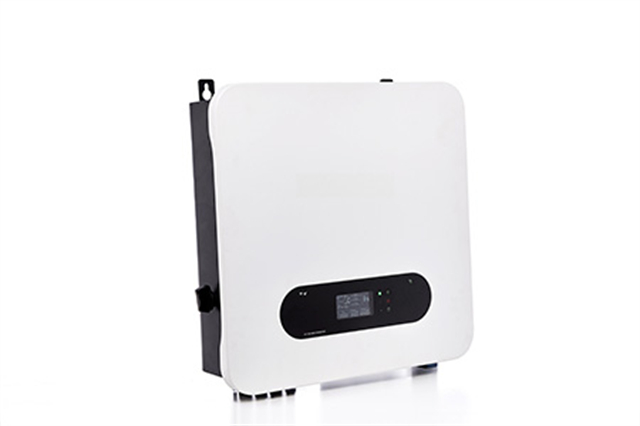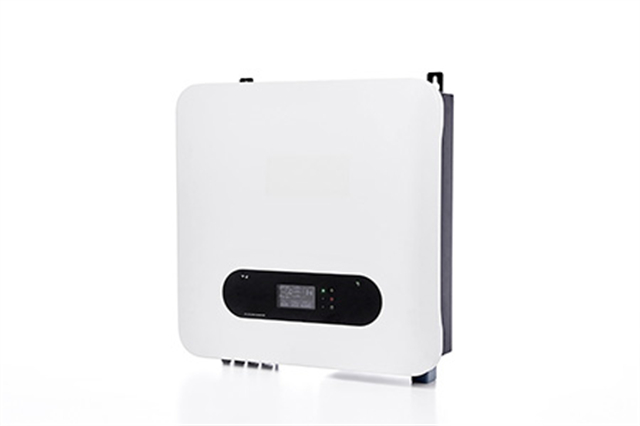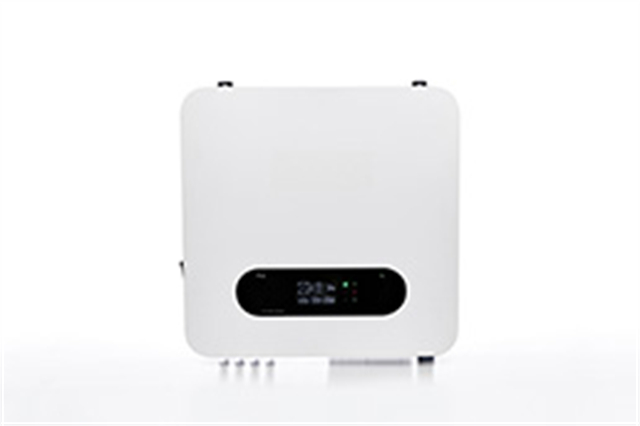Author:BLD Solar Energy SystemFROM:Solar System Converter Manufacturer TIME:2023-10-11
Efficient Usage of On-Off Grid Inverters

On-off grid inverters are essential devices that convert direct current (DC) electricity produced by renewable energy sources, such as solar panels or wind turbines, into alternating current (AC) electricity for residential and commercial use. These inverters play a crucial role in optimizing the efficiency and reliability of renewable energy systems. This article aims to explore the efficient usage of on-off grid inverters, discussing their benefits, key considerations, and best practices.

On-off grid inverters are versatile devices that can operate in two different modes: off-grid mode and on-grid mode. In off-grid mode, the inverter functions independently, providing electricity to isolated systems not connected to the utility grid. On the other hand, in on-grid mode, the inverter synchronizes with the utility grid, enabling the transfer of excess energy produced by the renewable energy system to the grid.

One of the critical factors for efficient utilization of on-off grid inverters is proper sizing. It is essential to select an inverter with an appropriate capacity that matches the energy requirements of the intended application. Oversized inverters may lead to unnecessary losses, while undersized ones might not meet the demand. Conducting a detailed load analysis and considering future expansion can help determine the optimal size.
For off-grid applications, battery storage integration is crucial to ensure uninterrupted power supply during periods of low renewable energy generation or in the absence of grid connection. On-off grid inverters with built-in battery management systems can efficiently manage the charging and discharging of batteries, maximizing their lifespan and optimizing energy utilization.
With the increasing popularity of solar photovoltaic (PV) systems, utilizing on-off grid inverters effectively can significantly enhance solar energy harvesting. Implementing maximum power point tracking (MPPT) algorithms in the inverter enables it to extract the maximum power from the solar panels under varying sunlight conditions, thereby improving overall system efficiency.
When operating in on-grid mode, on-off grid inverters provide an opportunity for grid connection and the potential to earn feed-in tariffs. These tariffs allow renewable energy system owners to sell excess energy back to the grid. To ensure efficient usage, inverters must comply with all relevant grid connection standards and regulations, ensuring safe and reliable operation.
Regular monitoring and maintenance of on-off grid inverters are vital for optimal performance and longevity. Real-time monitoring systems allow users to track energy production, detect faults or inefficiencies, and optimize energy usage. It is essential to follow manufacturer guidelines for routine maintenance, such as cleaning PV panels, inspecting connections, and ensuring proper ventilation.
When dealing with on-off grid inverters, safety should be a top priority. It is crucial to install the inverter in a well-ventilated area away from direct sunlight or heat sources, ensuring proper cooling. Adequate grounding and surge protection measures must be implemented to safeguard against electrical faults or lightning strikes. Users should also follow the manufacturer's instructions and exercise caution when handling or modifying the inverter system.
Efficient usage of on-off grid inverters is essential for maximizing the benefits of renewable energy systems. By understanding the different operational modes, sizing the inverter properly, integrating battery storage, maximizing solar energy harvesting, complying with grid connection standards, monitoring and maintaining the system, and ensuring safety, users can optimize energy efficiency, reliability, and overall system performance. Embracing best practices and staying updated with technological advancements in on-off grid inverters will further enhance their efficient usage.
